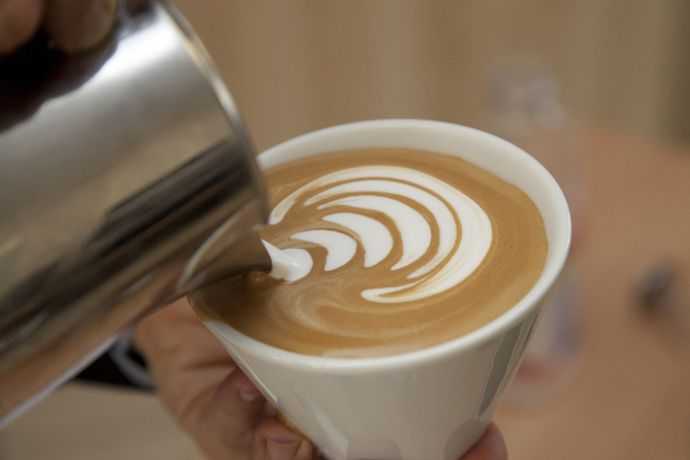CAMERINO, Italy – Did you ever ask yourself if the milk you prepare each morning for your cappuccinos and flat whites maintain the best way possible its nutritional and organoleptic qualities? Is it possible to have the perfect balance between a good-looking product and one able to keep all of its nutritional qualities?
The answers to these questions have been sought out by the researchers of the University of Camerino through the commune project with Simonelli Group, brand owner of Victoria Arduino.
The study examined the nutritional qualities of different types of milk and cappuccinos. They were tested on espresso coffee machines using different temperatures and steam to find the optimal condition for the making of high-quality cappuccinos and milk-based drinks (Latte, Flat White).
“In the cappuccinos and Flat White, we analyzed both the milk and the foam, then confronted the results with those obtained by the same batch of milk before the cappuccino preparation” – apprises Professor Silvia Vincenzetti, research coordinator of the project.
The variable steam introduction in milk
A Latte and a Flat White require a different cream than a cappuccino. They need a thinner line of steam to make smaller bubbles and create a final creamy foam that remains more liquid with a final thickness of no more than a couple of millimeters. In a classic cappuccino, on the other hand, the foam must be creamy and compact, with a fine texture and a shiny surface at about 1 cm in thickness.
“The foam of a cappuccino – tells Professor Vincenzetti – is a colloidal dispersion of a gas into a liquid. The liquid is the milk used for the cappuccino, while the gas is made up of air and watery vapor used to froth the milk.
The air particles can form a colloidal dispersion because of surfactant presence that in milk represent proteins and phospholipids. The foam stability depends on the concentration of the surfactants. Higher the concentration, more stable the foam will be because the gas particles are smaller and further dispersed”.
The variable temperature
Another important aspect is the temperature. “The milk frothing temperature should not exceed 70 degrees C. Otherwise – informs the Professor – the milk will have a “burnt” taste because of the “caramelization” of the lactose and the present proteins in the milk will go through a denaturation process.
The denaturated proteins will end up binding with tannic acid present in the espresso coffee forming the “tannato di caseina’, an undigestible and challenging compound.
The optimal temperature should be around 60 degrees C because it is right here that the lactose is at the peak of its sweetness”.

















